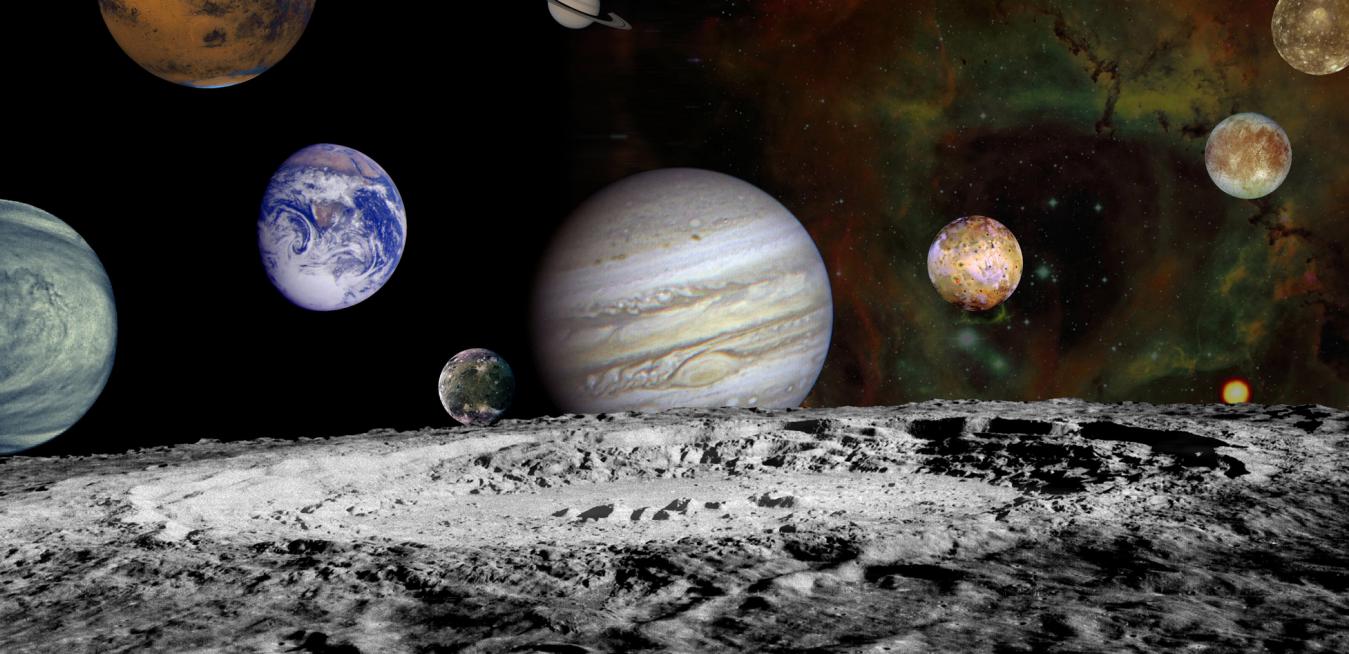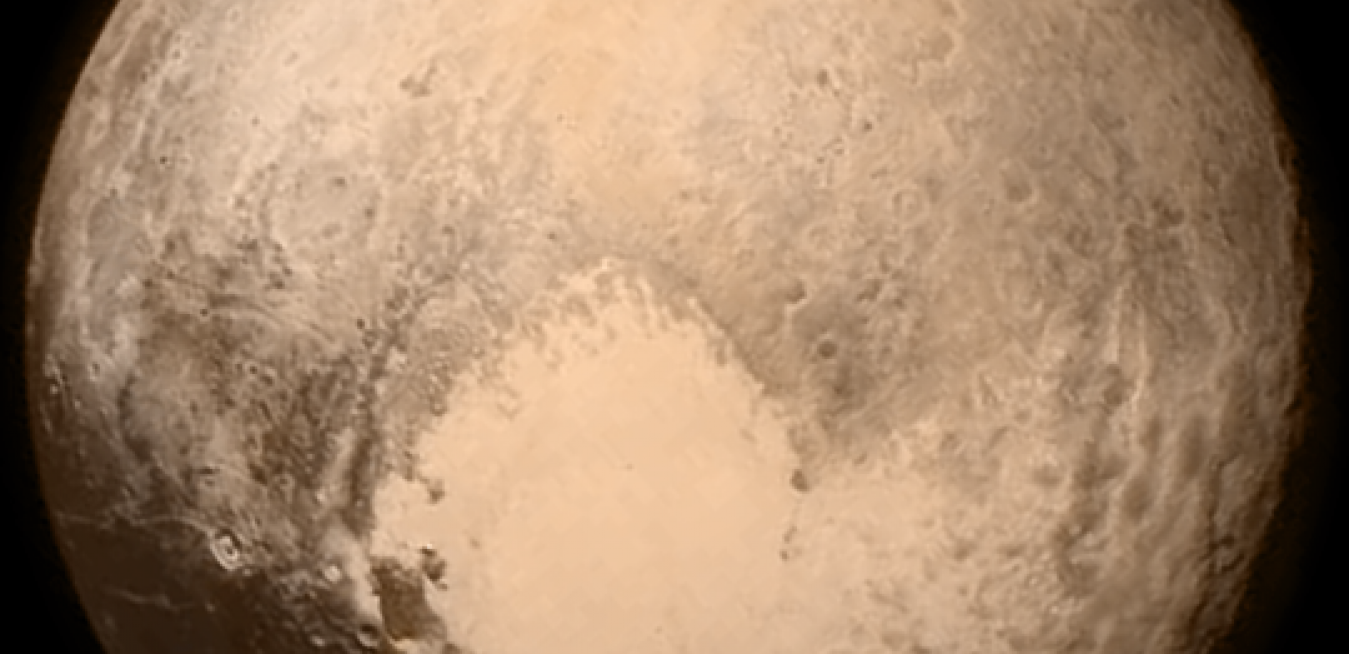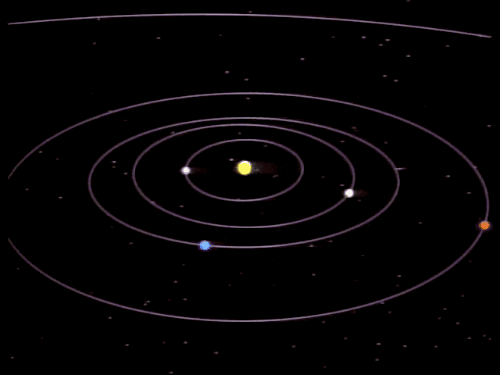When the New Horizons spacecraft finally buzzed Pluto at roughly 30,000 mph last summer, it sent back snaps of an untamed land of craterless plains and jagged ice mountains beyond our imagining. And those pictures of the dwarf planet traveled the expanse of space thanks to a 125-pound power plant that doesn’t know the meaning of quit.
It’s called the RTG, or Radioisotope Thermoelectric Generator.
Is the Voyager 1 spacecraft in interstellar space? NASA says yes, but a small but respected community of researchers isn’t convinced.
A quick review of the facts: Last year, NASA scientists penned a research paper that concluded the spacecraft, traveling at 38,000 mph, became the first man-made object to leave the solar system sometime around August 25, 2012.
The article’s authors, who based their announcement on a number of advanced models, stated “after long disagreements, that is now the consensus view of Voyager mission team leaders.”







